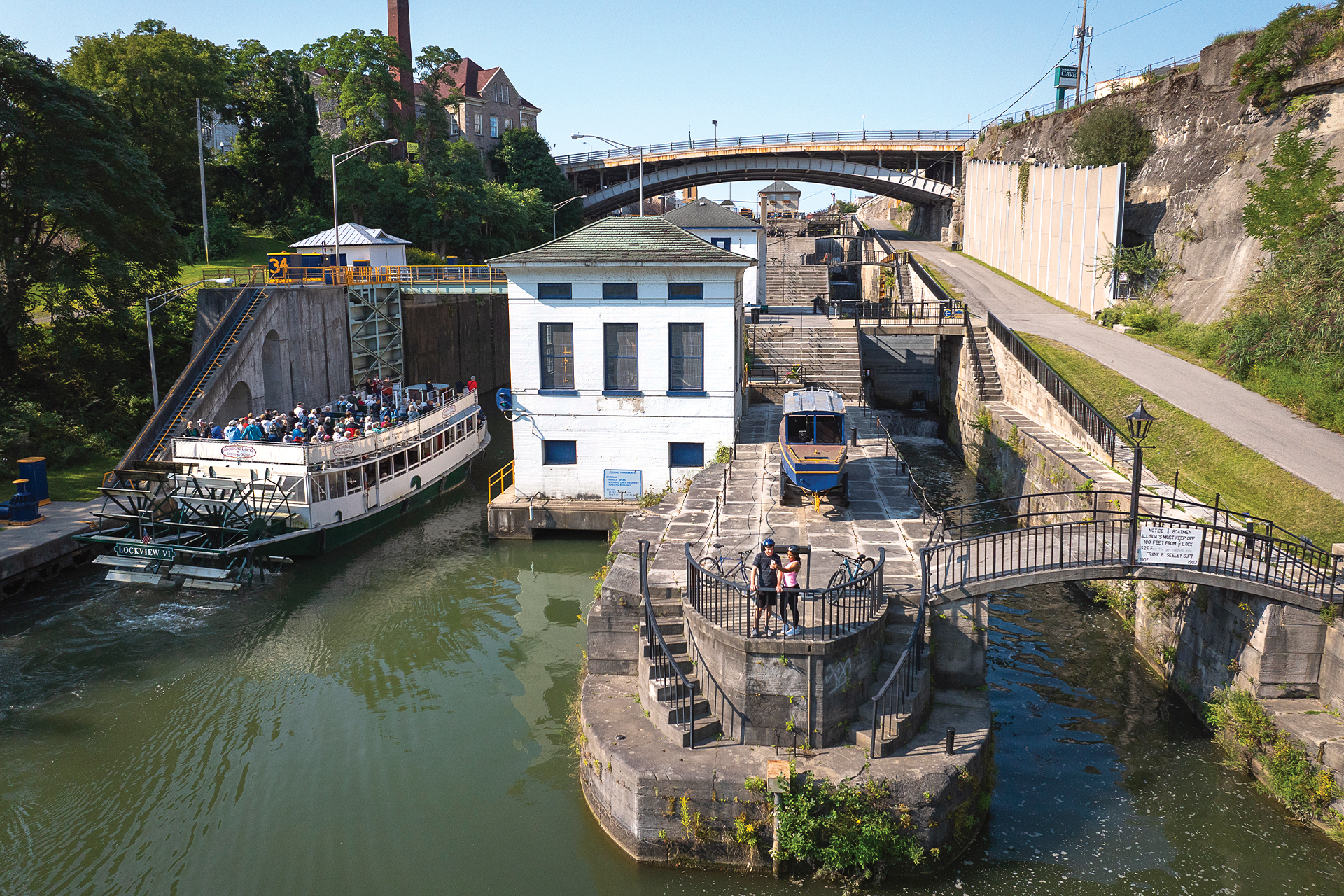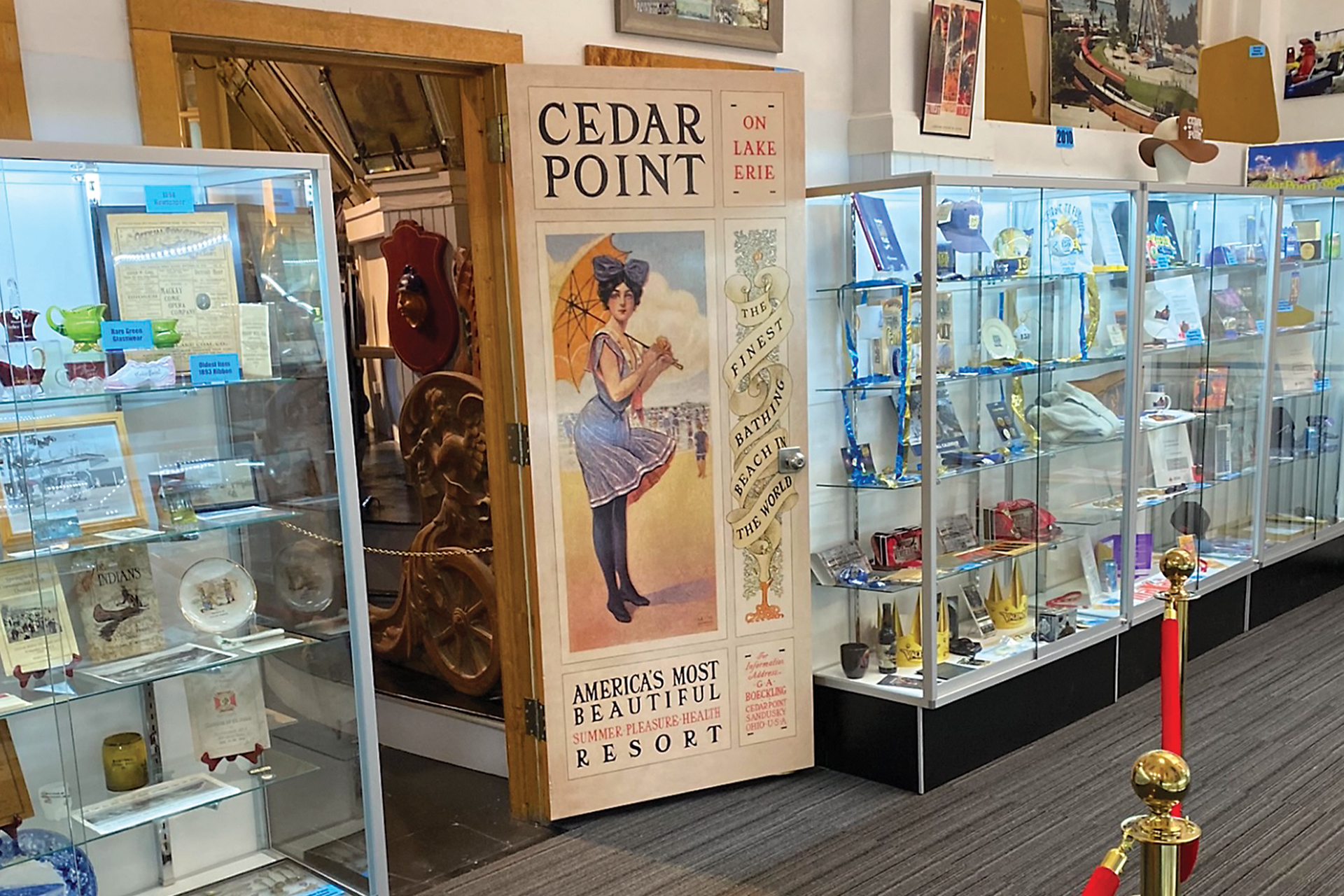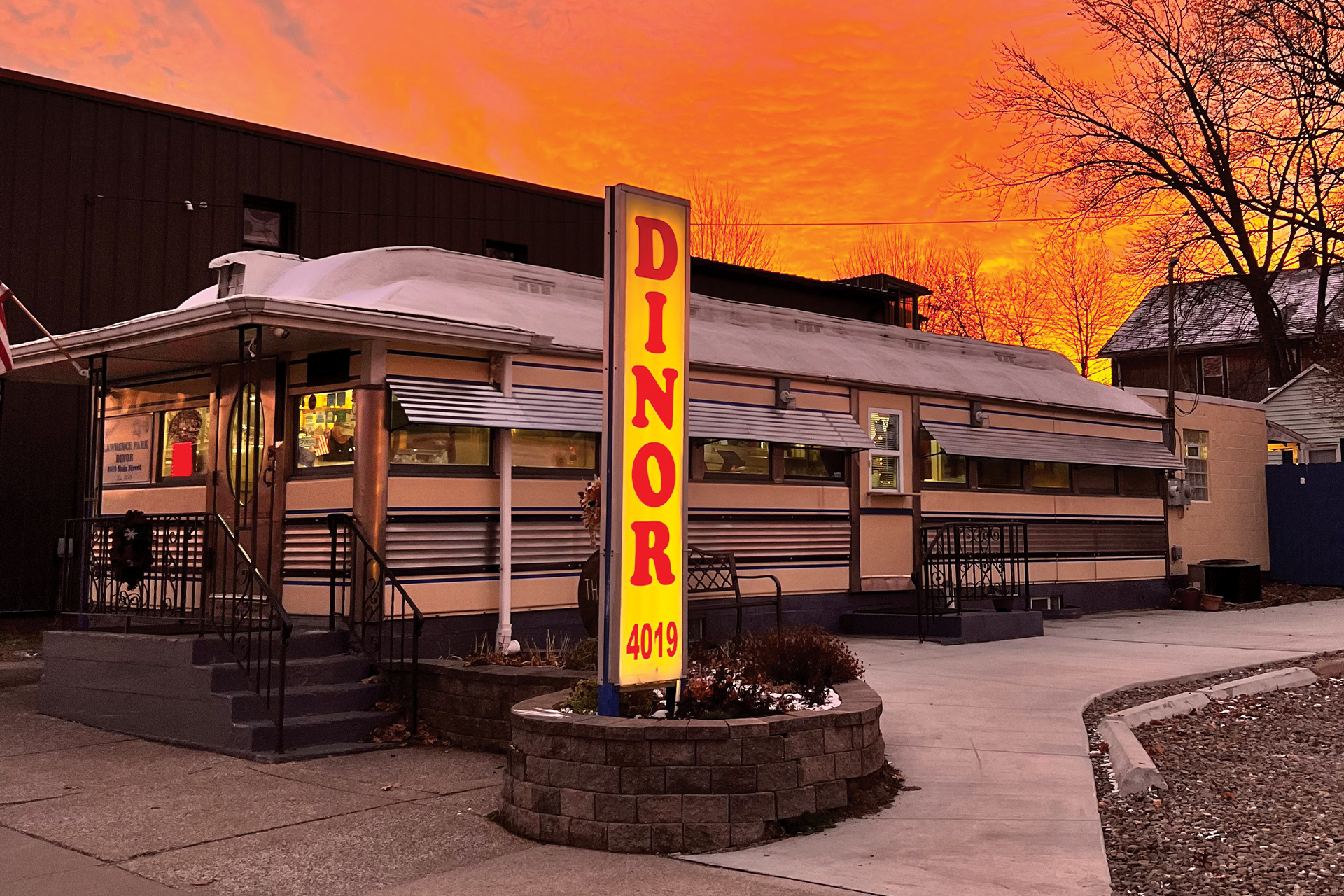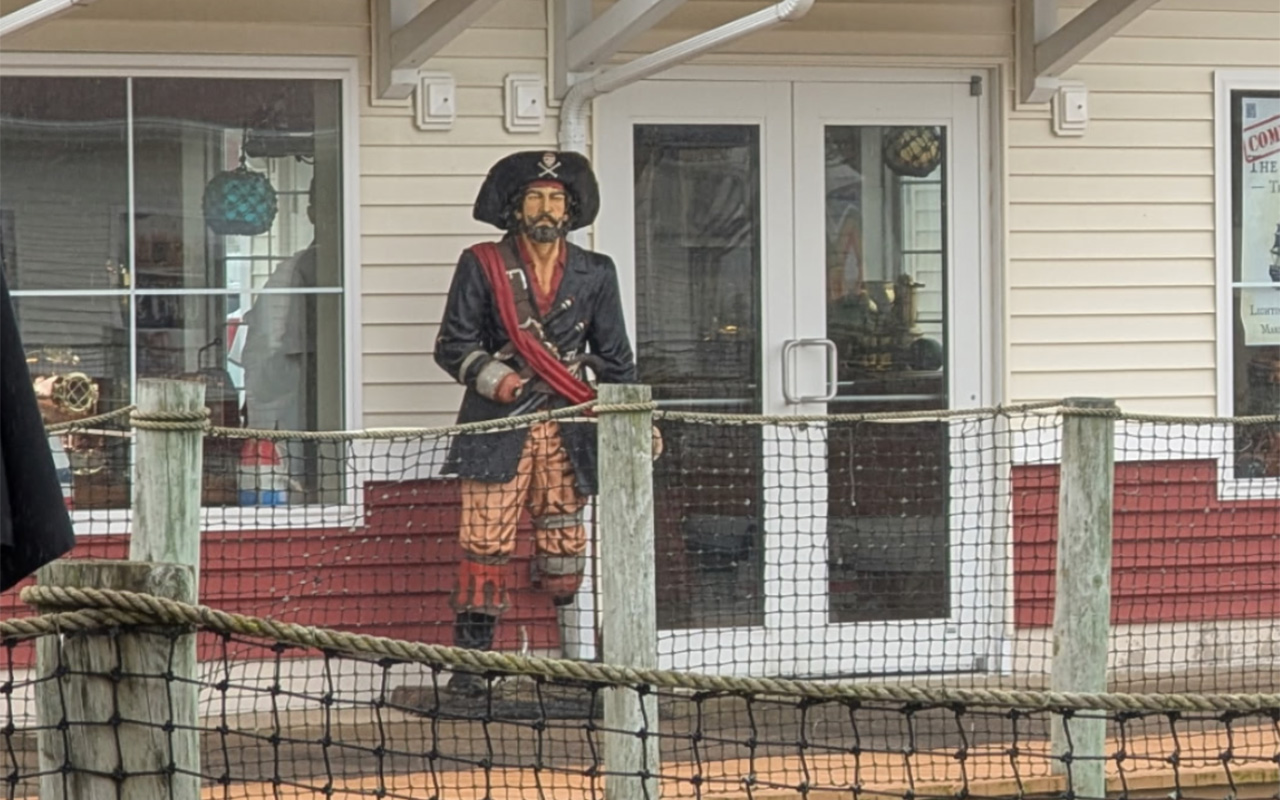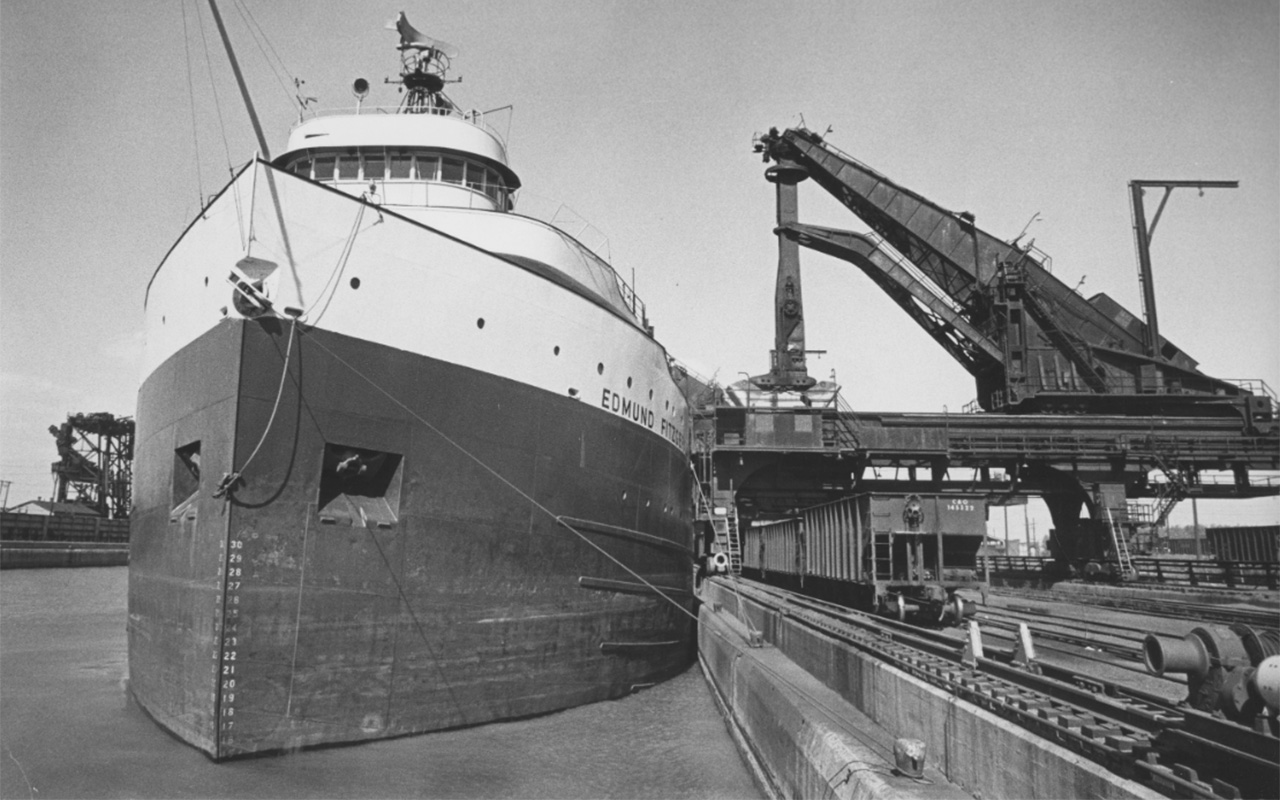Lost Lake Erie: Forgotten Local Legends
Meet Titanic survivor Anna Sophia Lundi, Frenchy the Pirate and Hicks Ice Cream owner John Hicks.
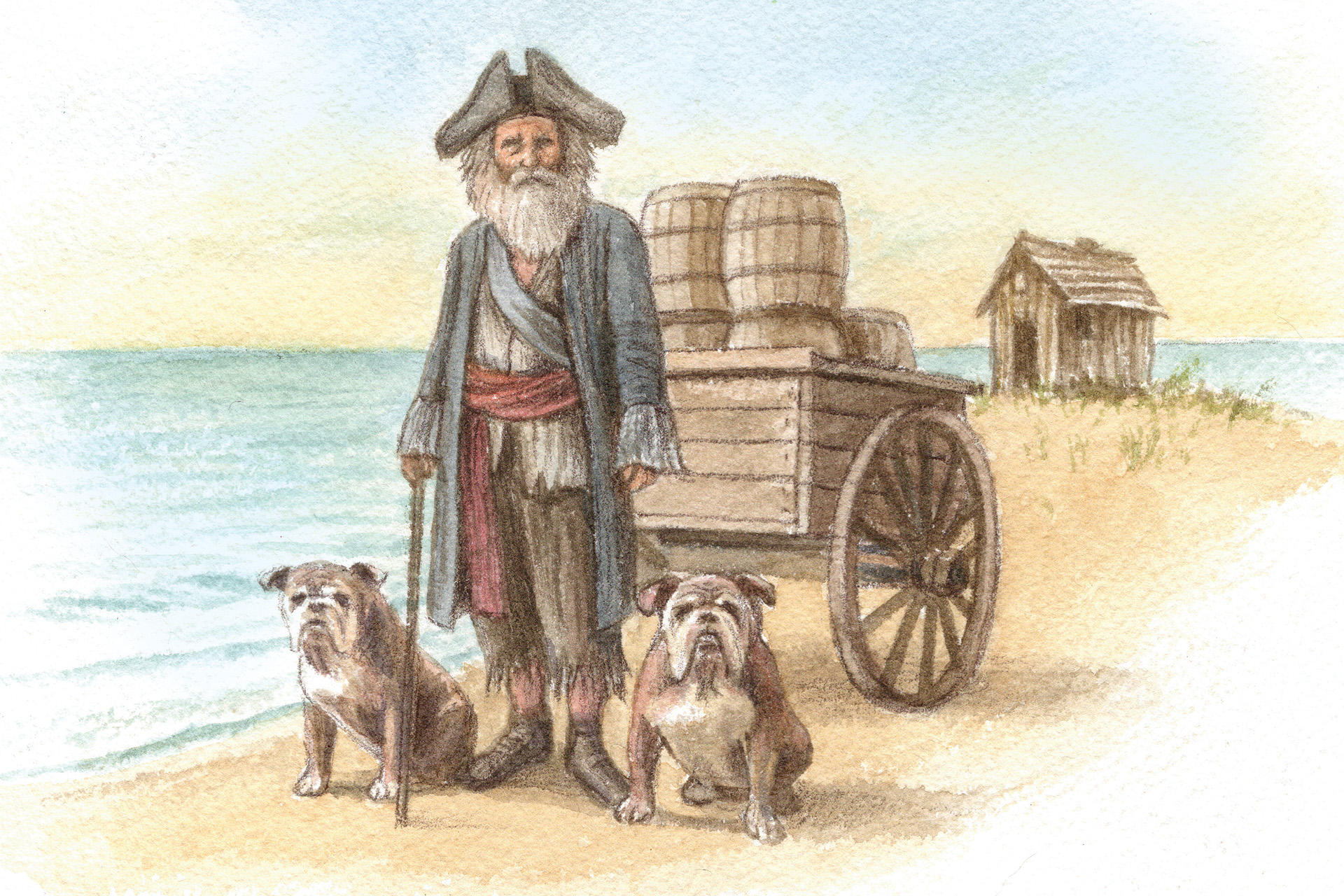
He’s been called a pirate, a squatter and a waterfront character. Although his tale is legendary and far-fetched, Frenchy the Pirate of Fairport Harbor, Ohio, was a real man, named Frank Thompson.
In the late 1800s, after years as a mutineer on the high seas, Frenchy crashed onto the Lake Erie shores in Northeast Ohio during a raging storm in the dark of night. His ship splintered and was no longer sea-worthy, but Frenchy was resourceful and used the pieces to build himself a shack on the beach. However, it was on the Huntington family’s property, thereby making him a squatter.
Frenchy quickly made a name for himself, carting around Lake Erie water on his horse-pulled wagon and selling it to townspeople for 25 cents a barrel while his pack of bulldogs trailed behind. He was such a good salesman, or perhaps bamboozler, that he even convinced people to buy sand from him on the beach.
His story may be a blend of fiction and fact, but Frenchy’s lore, even more than a century later, still stirs curiosity in the lakeside town he once claimed as his home.
Titanic Survivor Anna Sophia Lundi
efore the sun could even peek up from the east, Mumma was in her cozy kitchen, warming milk on the stove. She stirred it lovingly, mixing in just the right amount of sugar, salt and butter. She added the flour and crushed cardamom, and then waited patiently for it to rise near the radiating heat of the oven.
Anna Sophia Lundi’s grown children would sometimes say she was too old to still be baking, but her grandchildren, including Randy Lundi, hoped she would continue to forever.
“We would beg her to bake nisua cinnamon rolls,” recalls Randy. “There is nothing that compares to the taste of butter on nisua.”
It’s been more than four decades since Mumma passed away at the age of 89, but her simple act of love still ties the Lundi family together.
However, that isn’t the only thing she’s remembered for.
In 1912, at the age of 19, she stepped aboard the Titanic, leaving her homeland of Finland and the political unrest with Russia behind. She was one of more than a thousand immigrants aboard the Titanic and had plans to meet up with her sister, who had settled in Ashtabula, Ohio — a spot that felt like home, as it had a similar climate and geography to Finland.
On April 14, 1912, Anna was awoken in her bed aboard Titanic by a collision she described as a shudder. She and most of the other immigrants did not speak English, so when a crewman pounded on her door hollering emergency orders, she did not understand. Luckily another Finnish-speaking passenger explained that the ship was in distress, and she should put on her life jacket and leave the cabin.
At first, Anna went up to the deck where the band was playing. People were everywhere, running and shouting. Many continued to head to a higher deck they believed to be safer, but a porter urged Anna to head back down. The decision to follow him saved her life because the higher point of the ship ended up breaking in half. Being on the lower section allowed her to be thrust into a lifeboat — the third from the last one — and launched right off the deck.
After a harrowing night aboard the lifeboat, Anna was transferred to the Carpathia, which brought survivors to New York City. After a brief stay at the hospital, she traveled to Ashtabula via train with a ticket paid for by the White Star Line. Not only did she connect with her sister in Ashtabula, but she also met her future husband, Emil Lundi.
Anna, who never returned to Finland, flourished in her new life in America. She and Emil raised seven children in Ashtabula on West Ninth Street, and she later enjoyed her role as Mumma to many grandchildren.
The tragedy was always a part of her life but, instead of being weighed down by it, she spent her life being thankful for her survival and focusing on the love she had for her family. It was a love she showed through her words and actions, particularly that of baking a sweet Finnish bread that still fills her family with the same hope and warmth it did back then.
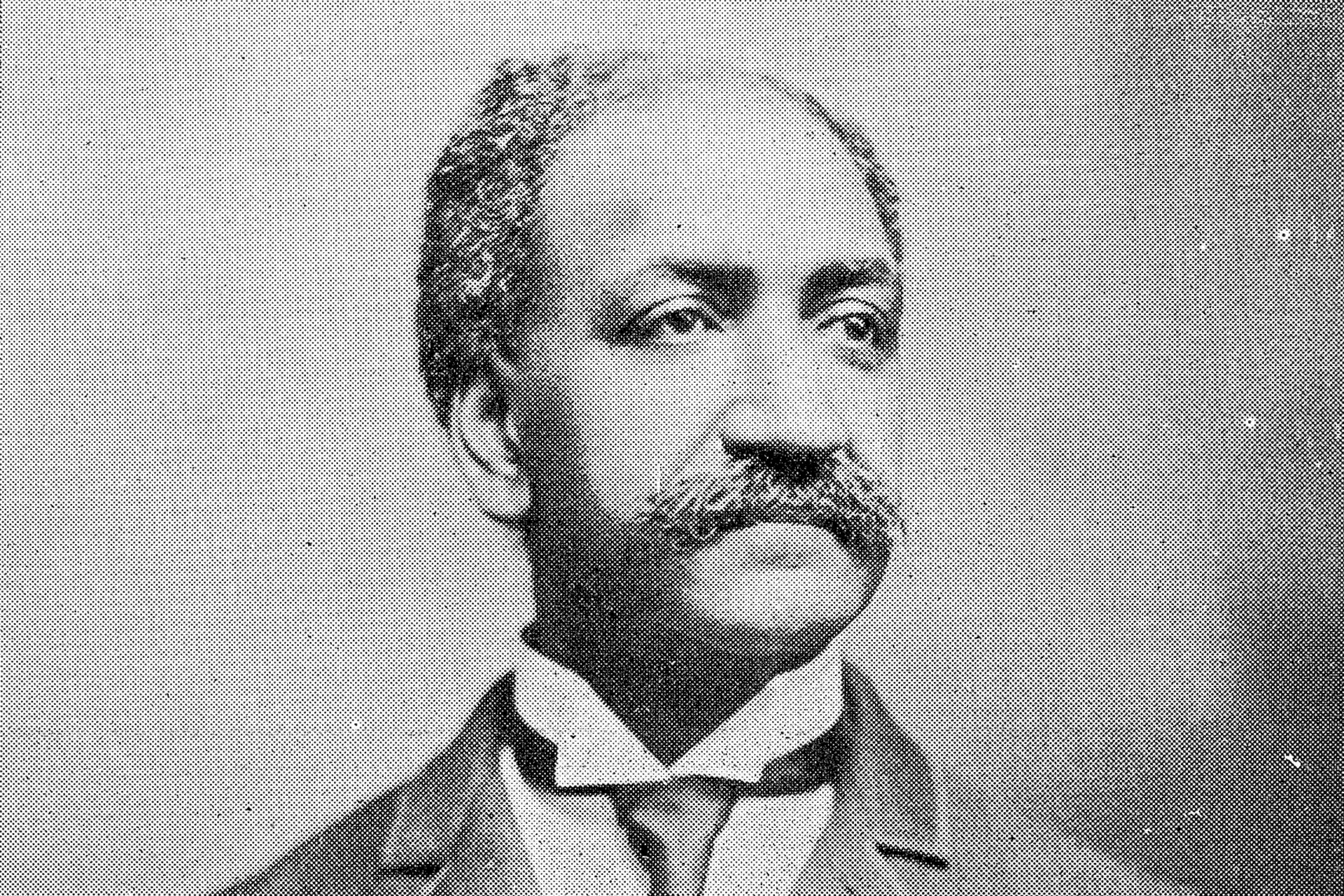
John Hicks
Sara’s Restaurant — located at the entrance to Presque Isle State Park in Erie, Pennsylvania — is a beloved stop for ice cream. But even before Sara’s opened nearly a half century ago, an ice cream entrepreneur was creating roots in the city.
John Hicks, the son of a former slave, moved to Erie in 1878 and soon opened Hicks Ice Cream on State Street. The building contained an ice cream factory in the basement and an ice cream parlor on the first floor. He marketed his ice cream as “pure” and sold both wholesale and retail, including a brisk business with the church social crowd.
Hicks was able to freeze 20 to 40 gallons of ice cream per hour and, in the early 1900s, was granted a U.S. patent for a mold that could hold up to a pint of ice cream and form it into different shapes.
Although he came from humble beginnings, Hicks became one of Erie’s most successful businessmen and one of the state’s largest manufacturers.
“I think trial and error and trying to get better is what he probably did,” says Sara’s owner Sean Candela. “And if you hit upon an idea, like a mold, or word of mouth gets around, you can do amazing things. And I’m guessing he was good at customer service too.”
Stay on top of everything Lake Erie has to offer — all year long — by subscribing to our free The Splash newsletter. It’s your guide to the best food, drinks, parks, beaches, shopping, festivals, music and more.

